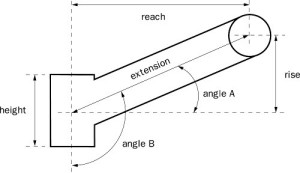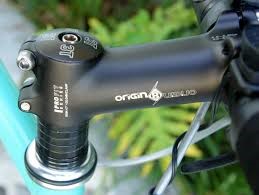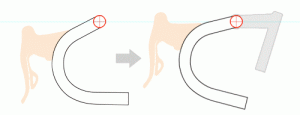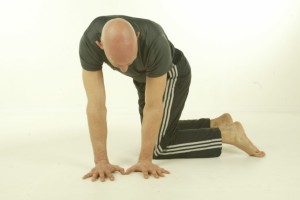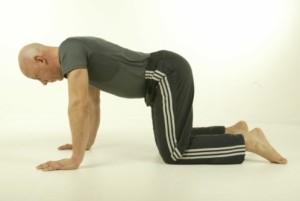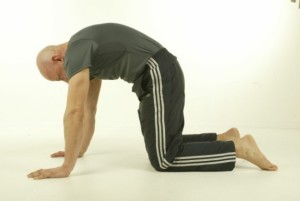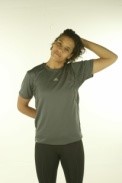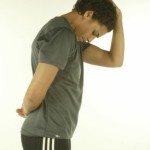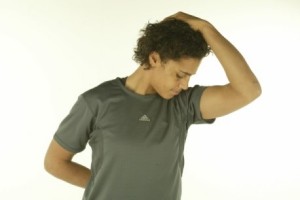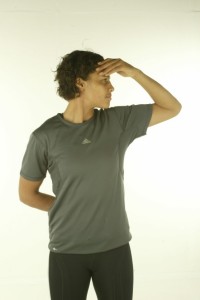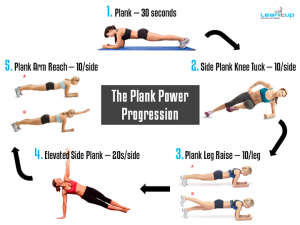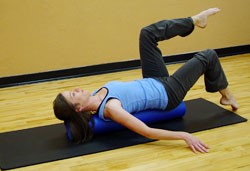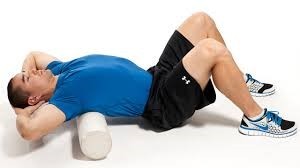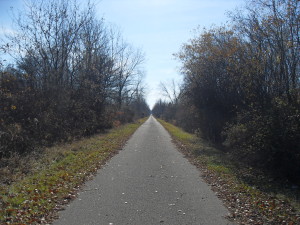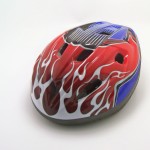A stronger core can help improve your cycling.
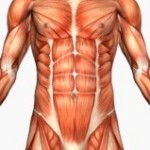 This is an undisputed fact, but why is it that many cyclists only concentrate on working their leg muscles? Often it is because they don’t really understand the relevance of a strong core in relation to cycling; either that or it’s a time issue.
This is an undisputed fact, but why is it that many cyclists only concentrate on working their leg muscles? Often it is because they don’t really understand the relevance of a strong core in relation to cycling; either that or it’s a time issue.
For cycling you need power (i.e. the production of watts). Power is an integral part of cycling and strength is the main component of power. When we say strength, we don’t mean bulking up to look like a muscle-bound meathead, we mean lean and strong.
Even amazing leg strength is not enough, as without a strong stable core you will not be able to properly utilise that strength. This quote from Graeme Street sums this up perfectly – ‘It’s like having the body of Ferrari with a Fiat chassis underneath’.
So now that we have established that a strong core is essential for great cycling, surely we should understand the reasons why? Having a solid core will help reduce unnecessary upper-body movement; this in turn will deliver the energy you produce from your legs into a smooth pedal stroke.
The traditional cycling position requires the core to support you, however it doesn’t really develop your core whilst riding. Without a strong core, a long ride will often finish early or become a real problem due to some kind of pain in your body other than your legs, usually your back or neck. This will normally come from your abdominals, obliques, latissius dorsi and the muscles around the spine quitting before your leg muscles.
Cycling, just like any other sport, should be fun and we should enjoy it. Pain takes the pleasure away from most sports – building a stronger core could help solve many pain issues for cyclists.
So how can you improve your core? There are a vast array of different core exercises out there and you just need to pick routines that work with you and your lifestyle. The great thing about strengthening your core is that you don’t have to have much time, any equipment (unless you choose) or much room. You can strengthen your core from home if you choose, and by not having to attend fitness classes or a gym you will be quids in. Those savings can be used to put towards equipment for your bike or maybe a cycling tour!
Starting out on a new regime to improve your core? Google ‘exercises for the core for cyclists’ and I think you will be amazed how many different sites, boards etc. there are. If you were to pick just one exercise to do, then it would have to be the basic plank ,also called a hover. The plank will work more than just your abdominals, it also works the glutes and hamstrings, supporting proper posture and improving balance. Here’s how to perform the plank:
- Lie face down on the floor. Raise the body up with the forearms while balancing the lower body on the toes.
- Do not sag around the abdominal region. Keep the body as rigid as possible.
- To hold this position, you will notice that you need to brace and contract the abdominal muscles.
- Hold for 30 seconds (less if that’s all you can do), lower and then raise again. Do 10 repetitions or less to start with.
- Alternatively, hold until failure (you flop down), or three minutes, whatever comes first. Do three of these in a set. You will feel the abs burn.
- Test yourself to find what your maximum time to hold the Plank position is, and then try to beat it as you develop strength. If you can hold for three minutes, you are doing well.

(Don’t forget to breathe. If you feel pain in your lower back then you need to lower it and rest as the abdominals have stopped working.)
Remember preparation & prevention are essential for longevity in cycling; if you are planning any of our wonderful cycle touring experiences then being ‘core ready’ will ensure your cycling is so much more enjoyable.

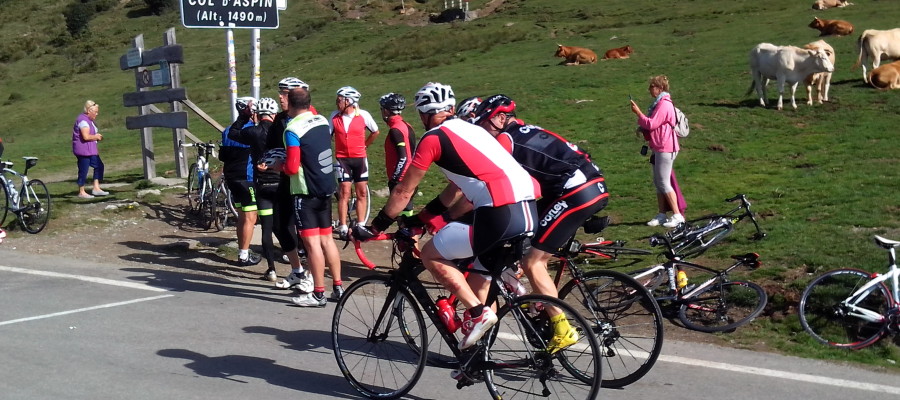
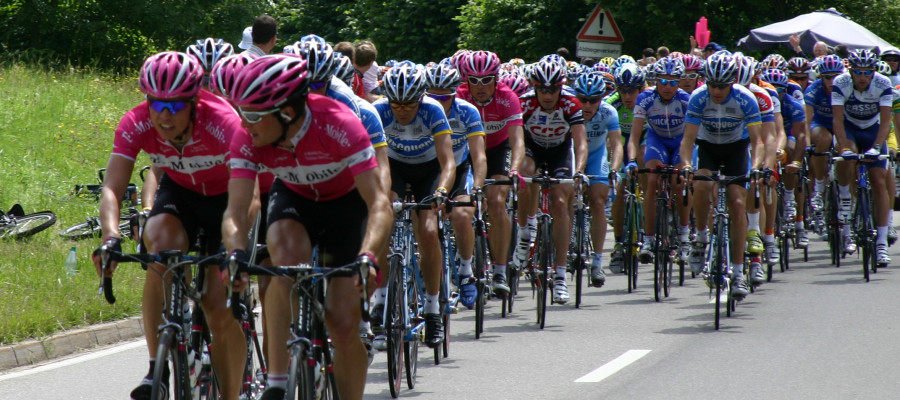
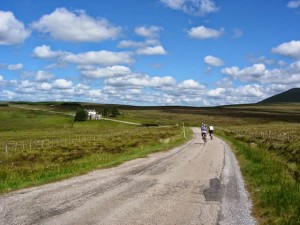
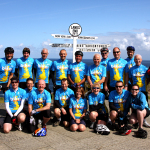
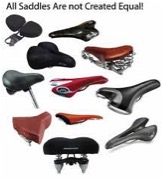
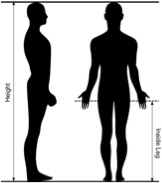
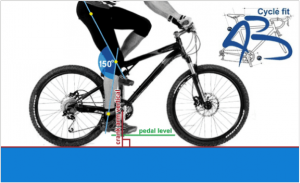
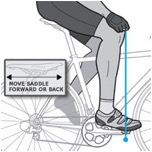


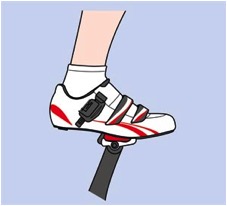
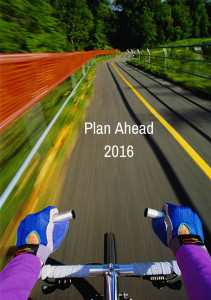
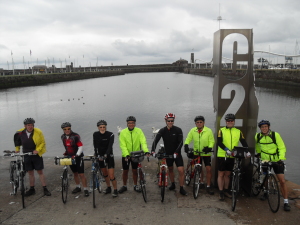 As a small island, the UK provides the perfect backdrop for coast to coast holidays (C2C) as well as ‘end to ends’. Many cyclists are keen to tick each of these challenges off their bucket lists; here at
As a small island, the UK provides the perfect backdrop for coast to coast holidays (C2C) as well as ‘end to ends’. Many cyclists are keen to tick each of these challenges off their bucket lists; here at 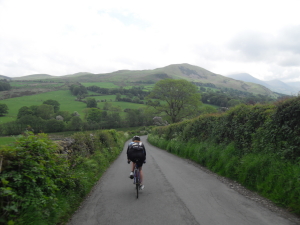 We then weave our way through central England’s rugged countryside where you’ll notice the route becoming increasing hilly as we approach Northamptonshire. If you are an inexperienced rider but the coast to coast is on your wish list, do make sure that you have prepared for the hills you’ll encounter – our guides will also be there for moral and material support all the way.
We then weave our way through central England’s rugged countryside where you’ll notice the route becoming increasing hilly as we approach Northamptonshire. If you are an inexperienced rider but the coast to coast is on your wish list, do make sure that you have prepared for the hills you’ll encounter – our guides will also be there for moral and material support all the way.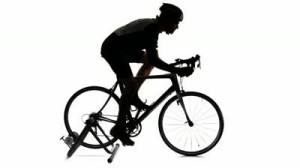
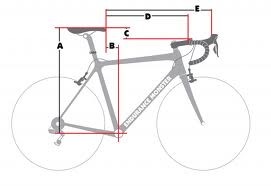 previously the importance of professional bike fittings in minimising injury potential. So now let’s look more specifically at the areas which may help relieve neck pain.
previously the importance of professional bike fittings in minimising injury potential. So now let’s look more specifically at the areas which may help relieve neck pain.